Valya Kotik: the secret of the youngest Hero of the Soviet Union
But, as promised, I will continue my Shepetovsk narrations.
February 11 celebrated the Day of the liberation of the town of Shepetovka from the Nazi invaders. Let's hope that next year this Day will be celebrated.
I was two days before this event, here, actually. And who will say that a simple bouquet in our time is not equal to an armful of roses?
In 2020, on the same day, 90 will celebrate the birth of Valentin Aleksandrovich Kotik, the youngest Hero of the Soviet Union, a native of Shepetovskiy district and one of the esteemed people of Shepetovka. Together with writer Nikolai Ostrovsky, artist Joseph Ostrovsky. Your Valentina Matvienko, alas, is not listed in the pride of Shepetovka, although she was born here too.
But today we talk about Vale Kotik.
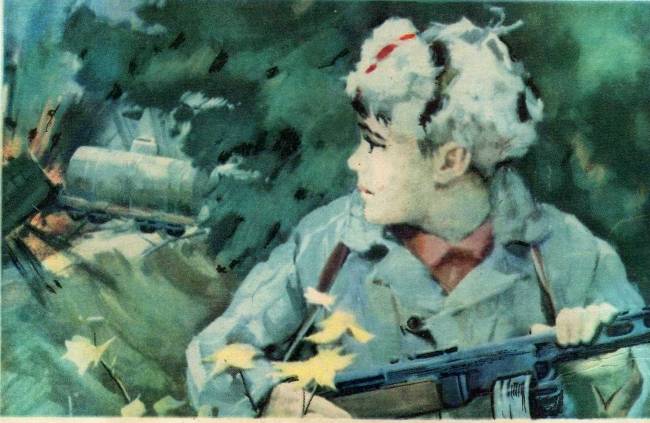
In general, so much has already been written about the youngest Hero of the Soviet Union that ... it's time to check. And not at all to belittle anything that Valya did, at least a little bit. On the contrary. So that there could be no misconceptions and attacks, which were already more than necessary.
If you look at the main source of knowledge, it is clear that I speak for Wikipedia, and not for a school textbook, then it becomes clear from it that Valia is buried in Shepetovka. In the park, where the first monument stands.
This.
The second monument, of course, stands near the school where Valya studied.
Well, I foresee fair reproaches on the state. What did you want? Decomunnization and degeneration. Even the fact that something de-communized, pennies dumb. But oh well, while everything seems to be worth it and are not going to crush it. Say, it will fall apart someday.
There is a third one, inside, in the school, where the Vali Kotik Museum is located. But I could not get there, unfortunately, the school was closed due to quarantine. But I was able to talk to the local ethnographer (thanks to the watchman, provided the phone number) and learned a lot of interesting things.
I will not disclose the name of the person with whom we talked for more than two hours, so as not to bring it to a heart attack with one mention on the pages of such a resource. But he told me a lot of interesting things. Which are fundamentally different from what is written in the generally accepted form.
In fact - an integral detective story, which in order to understand, one must not just approach the topic.
So, if you believe dozens of stories, it turns out that during an attempt to release Iziaslav, Valya Kotik was mortally wounded on 16 and died on 17 on February. He was buried in the village of Horovtse, and later, after he was awarded the title Hero of the Soviet Union, at the request of his mother made a reburial in Shepetovka.
It seems to be so logical, until you look at the map. Let's get a look?
No. 1. Izyaslav, for which the guerrillas fought. Near, as you can see, Shepetivka, which had already been released by that time. And here questions begin.
Why was Valya buried in Horovtsa (No. 2), who had the idea? From Izyaslav to the village of Horovets 35 km in a straight line! And in a straight line there no one walks, more precisely, one can walk, but one can go ... Forests, in which thousands of partisan detachments were seated, quietly knocking the Germans out of populated areas without the help of the Red Army.
Until now, in the area they tell how a battalion of punitive and policemen climbed into one village, where there were partisans. With a view, of course, punish. The fact that there was a partisan detachment of Senior Lieutenant Anton Aduhi, in 3 000, a man with artillery and mortars turned out to be a deadly unpleasant surprise. More than 200 punishers remained on the approaches to the forest, and the policemen were mostly outweighed by the partisans.
To drag the deceased boy from Izyaslav to Horovets - well, the locals regard the road for a couple of days. Because my question was issued here story.
The author of the story is a veteran of the Great Patriotic War who fought in the same detachment of Muzalev, Gennady Murashov.
“Valya Kotik was in the intelligence company, there were me and my brother, Anatoly Murashov. When there were battles for Izyaslav, the coordination headquarters of Muzalev was located in the castle in the Old Town, and the reconnaissance company was also concentrated there.
My brother and Valik were sent to check the situation in the city center. Valya Kotik walked along Lenin Street in the direction of the military registration and enlistment office, and my brother Anatoly walked along Shevchenko. Their task was to go there and go back, find out what the situation around the city was. They had gone there and were already returning back, Valya Kotik was ahead, because he had coped with the task earlier, my brother was behind.
At this time, probably, a German sniper sat in the church of St. Joseph, fired, and wounded Valik in the shoulder. My brother jumped, dragged Kitty into the valley of the Goryn, from there they reached the castle.
There Kotiku did the dressing, had first aid. I, too, was shot down by that same sniper, so on the second day, we, the wounded, were put on Leskhoz on carts and taken to Strigan, there was a partisan hospital.
It was a 12 supply. Valya Kotik with her mother were driving on the first cart. Another rider who drove them is alive, Pavel Kononchuk from Sohnoy. We drove to the airfield (there is now a field camp of the former collective farm) and at that moment a German aircraft took off - the "frame".
Apparently, he had one bomb, because he did not return and did not shoot again. When the plane appeared over the horizon, the command "air" was shouted out, it meant that everyone could run away to wherever they could. The light wounded jumped off the carts and ran in different directions, the seriously injured remained on the carts. And Valya Kotyk, his mother, the sled, and many then ran towards the city, there was and is such a ravine, near which the plane dropped the bombs.
There Kitty was mortally wounded. He died on the way. A forester from Horovitsa, Tadeush Vereshchinsky, made him a coffin. Kitty was buried in Pluzhnoy in a mass grave, apparently, he is still lying there. ”
Why so much trust? But why. Gennady Murashov fought in the Muzalev detachment. Confirmed.
According to Murashov, Valya Kotyk was in a reconnaissance, and not in a commandant platoon, as many people write. This is logical, considering what he did all the time in the squad.
"Frame". Counter-guerrilla version of the FW-189-4, without a navigator, but with increased small arms (X-NUMX guns MG-2 / 151, 20 machine gun MG-4, 15 machine gun MG-2, 81 kg of bombs) was used against the partisan kg guns against a partisan, the bomb, was used against the partisan, MGNXX, 200, MG-XNUMX, XNUMX, MG-XNUMX, XNUMX this and designed.
About one bomb - of course, dropped by two. But for the rest - quite reliably looks.
But then, probably, while writing the “history”, neponyatki began. For some reason, the dead boy was taken not to Shepetovka, but even further, to Horovets.
In fact, no one Kitty drove there. It is now in Ukraine fools shaft, dozens of sleep on the hryvnia, and then the people were not only pragmatic, so also clever.
Why did I immediately believe that Kitty and the rest of the wounded were taken to the Strigana? And there, at the beginning, look. The strigans were controlled by the squad of the Spirit, no less powerful than Muzalev. And there, in the estate of Princes Chetvertinsky, there was a partisan hospital. And, not least, the airfield, from where the wounded were taken out of the front line.
This is what Murashov is talking about. And on the way to the hospital and the airfield on the train and ran into this encore "Focke-Wulf."
Here is a bigger map. And on it there is exactly that settlement about which Murashov speaks. Not Horovets, and Horovitsya. Well, almost the same, but not the same.
Here it is worth noting that all this happened, though near the already liberated Shepetovka and Slavuta, but behind the front line. And that Horowitz was released back in January 1944.
But they were lucky to bury all those who died in Horowitz. In the nearest town, where there were no Germans on 100%. Where did they get there, in the middle of the guerrilla thicket? I don’t know about Plozhny, in general, probably, it’s worth going through the spring with knowledgeable people.
So, Valya Kotik could never be in Horowitz. And even more so to be reburied in Shepetovka from it. Probably, it lies along with all his fellow arms in that common mass grave. Maybe it's for the best.
Why am I even wound up on this topic? Yes, that was the case of bygone days, 75 years ago it was. But today, Vale Kotik and all the rest of our defense have to keep no worse than during the visit of the punishers.
But such historical kunshtyuki are not for the good of the people. After all, it is worth a little to lie - and thus give a clue with this ... which would just to tear down and punish. How was it with Matrosov and Kosmodemyanskaya? Here we are all the same, only worse.
Especially now, when some just let them hang on and rewrite the story. But this is ours here, a local matter. And with you, especially with the most adequate ones, we just remembered the Ukrainian lad, who gave all that he had to the cause of the struggle against the invaders, and even more.
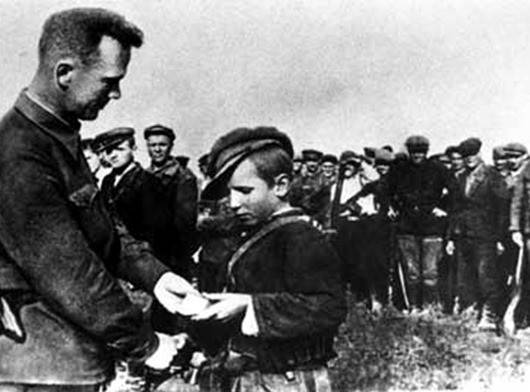
This is the thought that came to me: maybe you will advise? I am offered to those who seek and know in the spring, when the snow melts and her majesty the mud dries, to visit the places where Valya Kotik fought 75 years ago? Suddenly what remains of those mass graves? What do you think, dear readers?
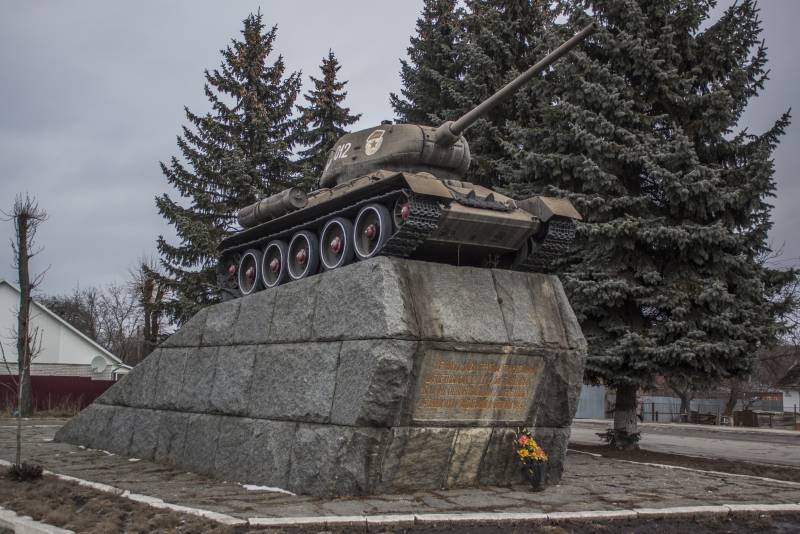
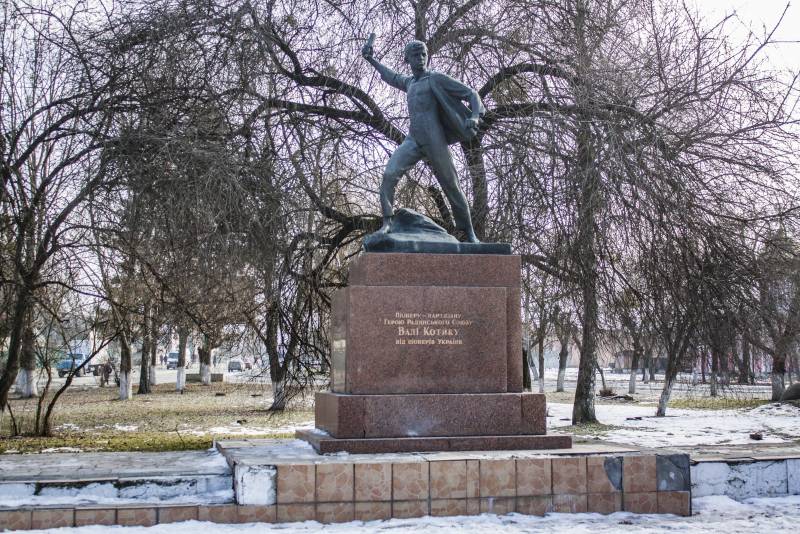
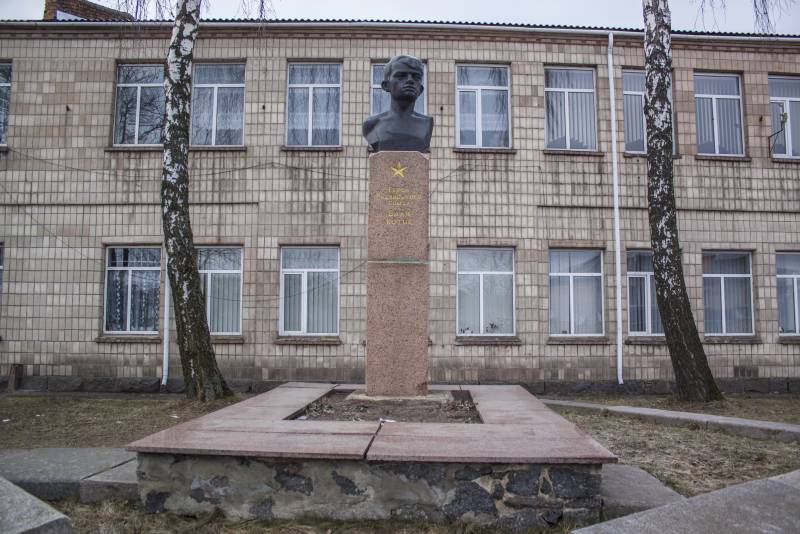
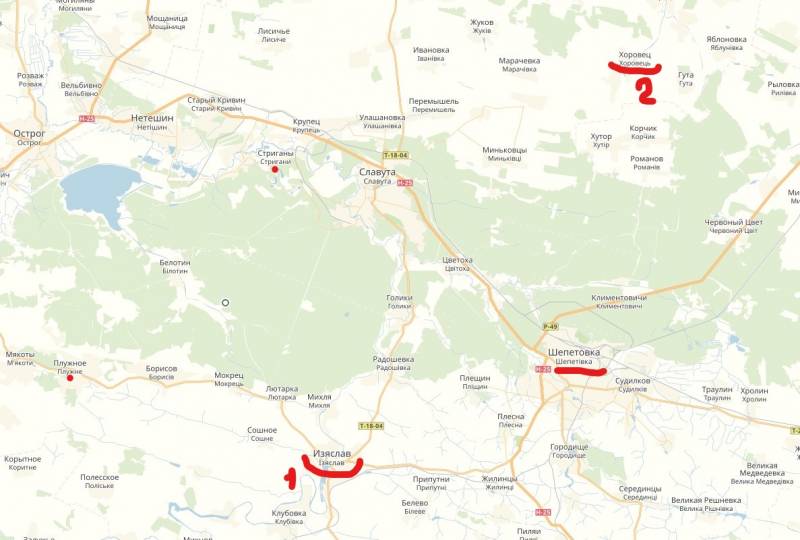
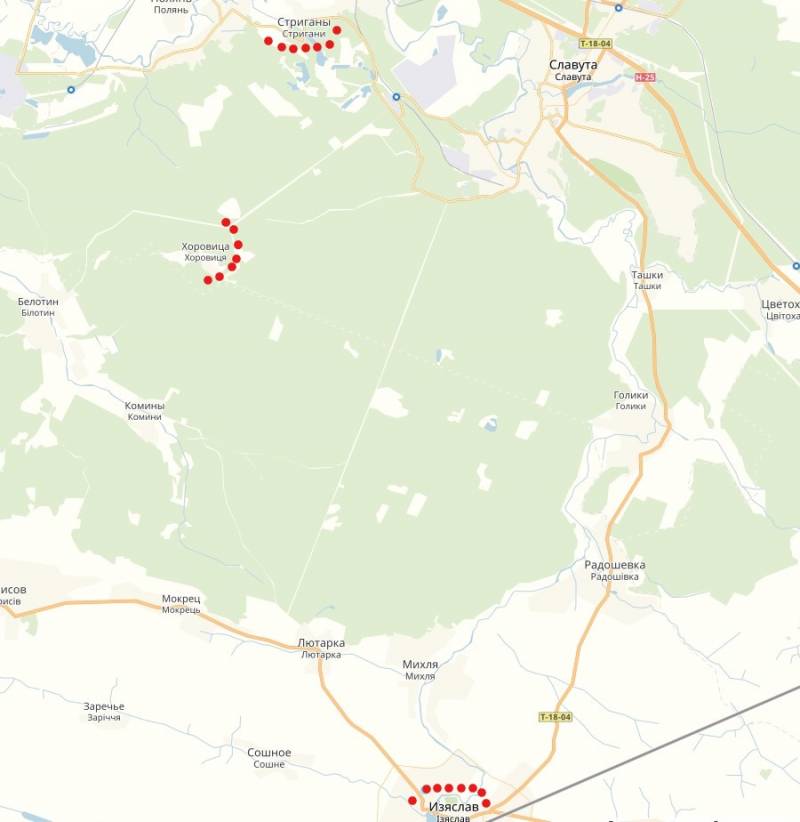
Information